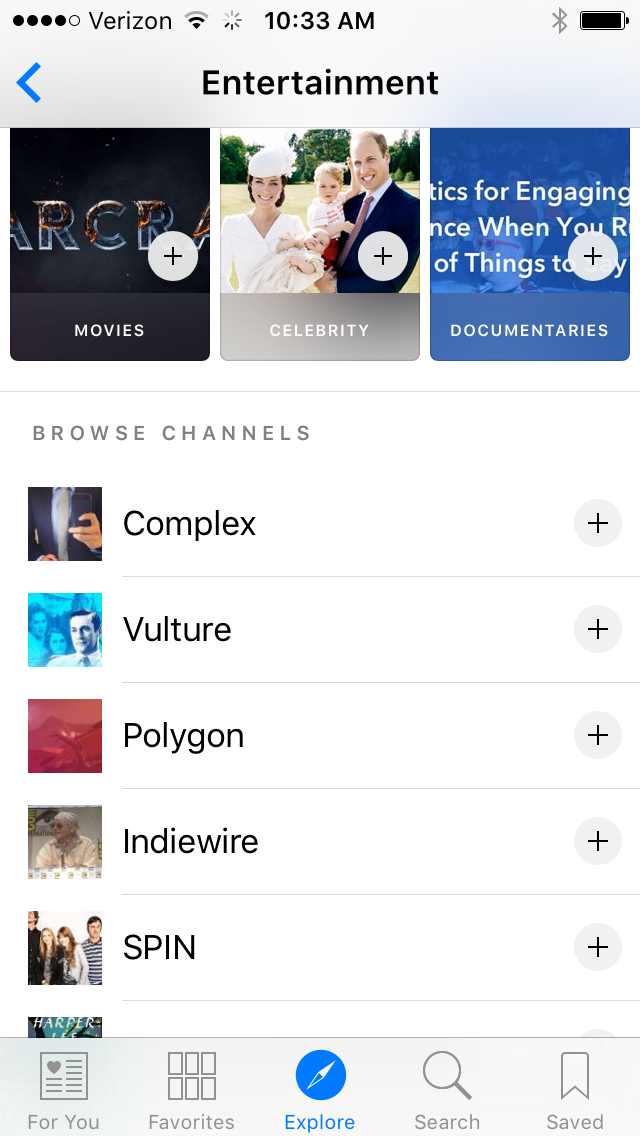
Go look for book, film or music news, and you’ll probably wind up scouring Google’s aggregation tool. There, filed neatly under “Entertainment,” you’ll find stories about George R.R. Martin’s Winds of Winter, the first chapter of Harper Lee’s Go Set a Watchman, and teasers for the upcoming Ghostbusters film reboot or the Sherlock TV series’ 2015 Christmas special.
But news about Bethesda’s sprawling new post-apocalyptic roleplaying opus Fallout 4? “Zombies” mode in Call of Duty: Black Ops 3? The latest scuttlebutt about Nintendo’s upcoming “NX” console? You’ll have to swing over to “Technology.”
Sure, “Entertainment’s” also thronged with gossip about donut-licking pop music idols and tawdry celebrity shenanigans—hardly distinguished company. But the message is implicit: books, movies and music are “Arts,” while games are…something else.
Indeed, games are something else. Print books are migrating to e-readers and films plus music are now artifacts we can summon magically from our phones. But shifts in gaming are comparably tectonic. Game design is fueled by reality control fantasies, and interface recalibration over time is in its DNA. Think arcade cabinets, home computers, devoted consoles and handhelds, and now smartphones and tablets. Think about Nintendo and the Wii. Think about Oculus and its wraparound VR headset. Think about the point at which true virtual reality arrives.
Games are lashed to technological momentum’s mast, in other words, driven as much by revolutions in the semiconductor industry as revelatory design ideas. Books and movies don’t undergo motion control upheavals, or have elaborate Early Access programs whereby players can significantly influence development. Scanning music tracks (play, skip ahead, skip behind) in today’s streaming apps still works basically the same as punching buttons on boomboxes and Sony Walkmans did decades ago. Games, by contrast, occupy the space between those older, staid categories.
Sticking games in “Technology” has consequences. The filter reinforces stereotypes of technology as cold, clinical, sterile—ultimately apart from the artful or sublime. It frustrates gaming’s slouch toward basic validation as a legitimate art form (beyond its ivory tower acolytes).
So it’s with surprise and pleasure that I’m discovering Apple’s new “News” app, found in its just released iOS 9 beta, files game stories under “Entertainment” and not “Technology.” That, given how long games have labored under Google and Yahoo’s domineering framework, feels huge.
See The 15 Best Video Game Graphics of 2014


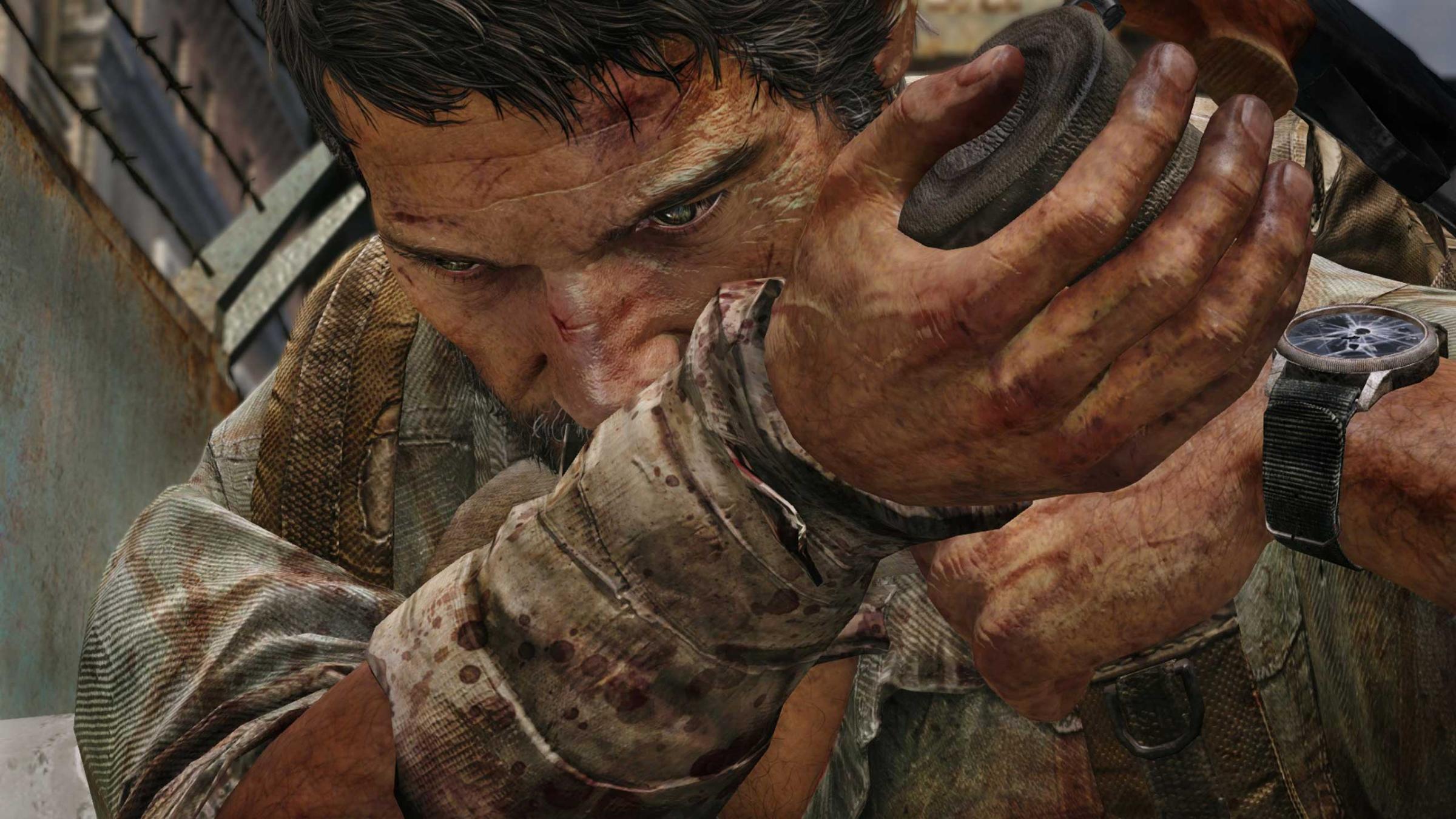

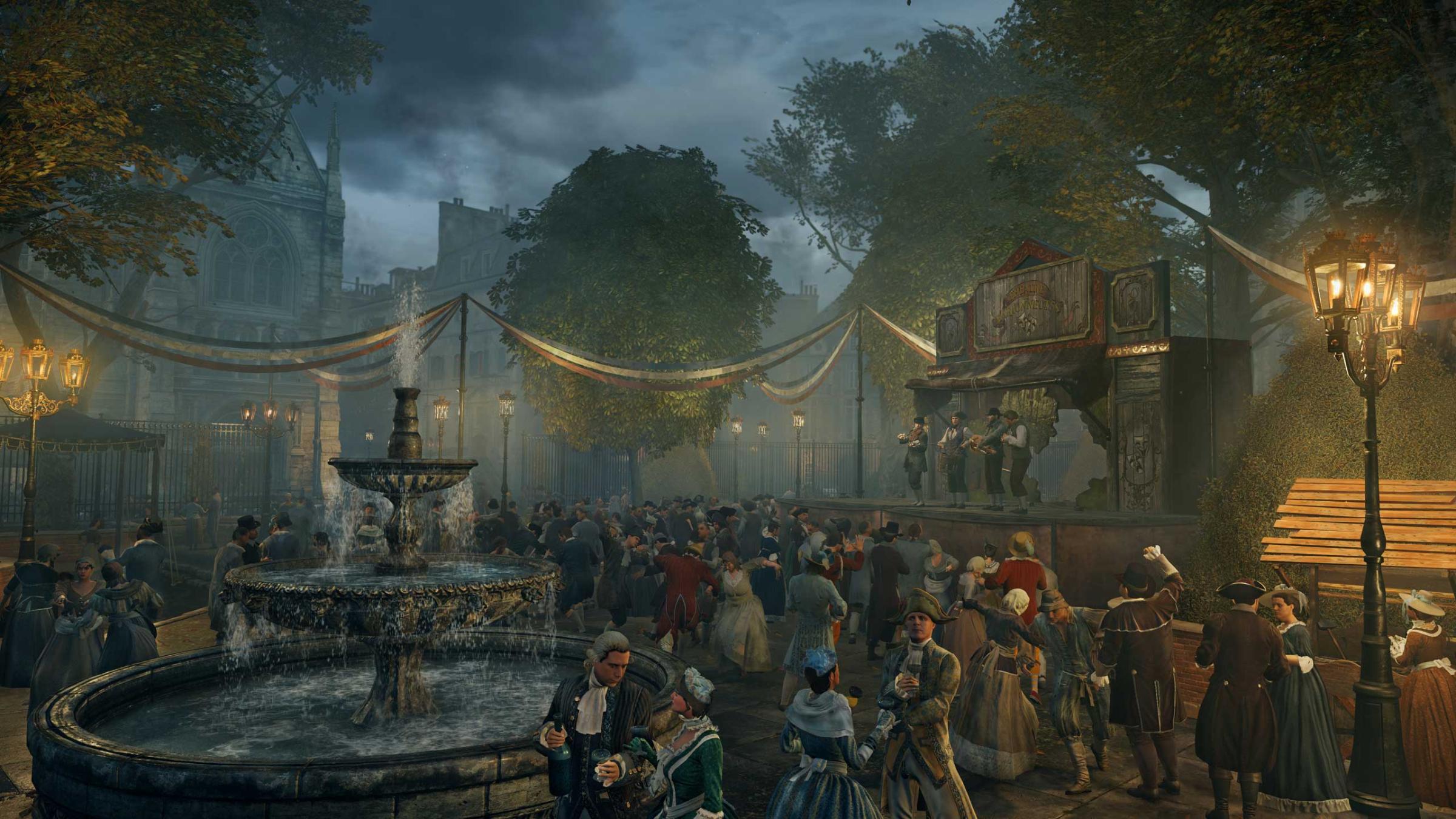
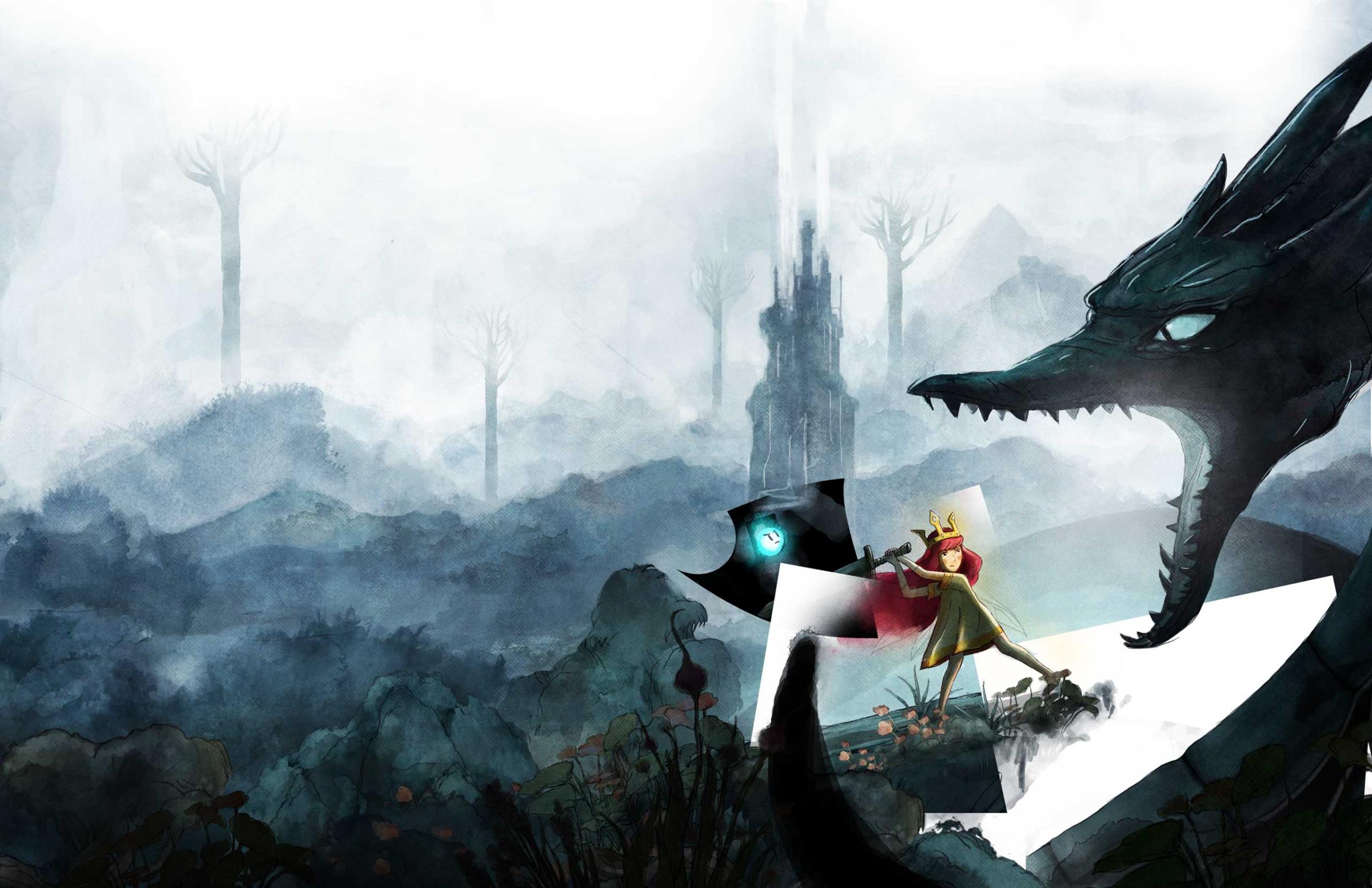
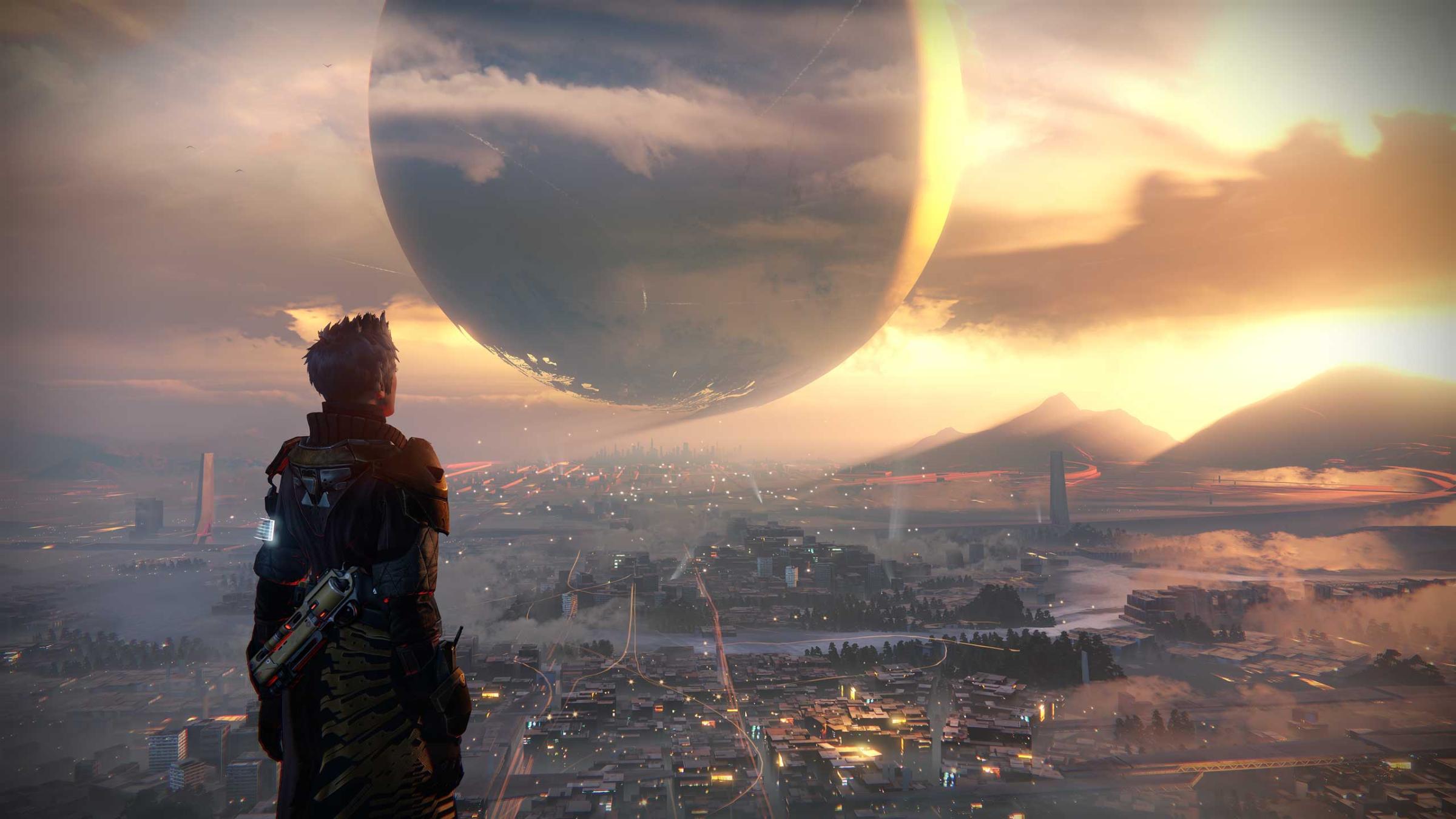

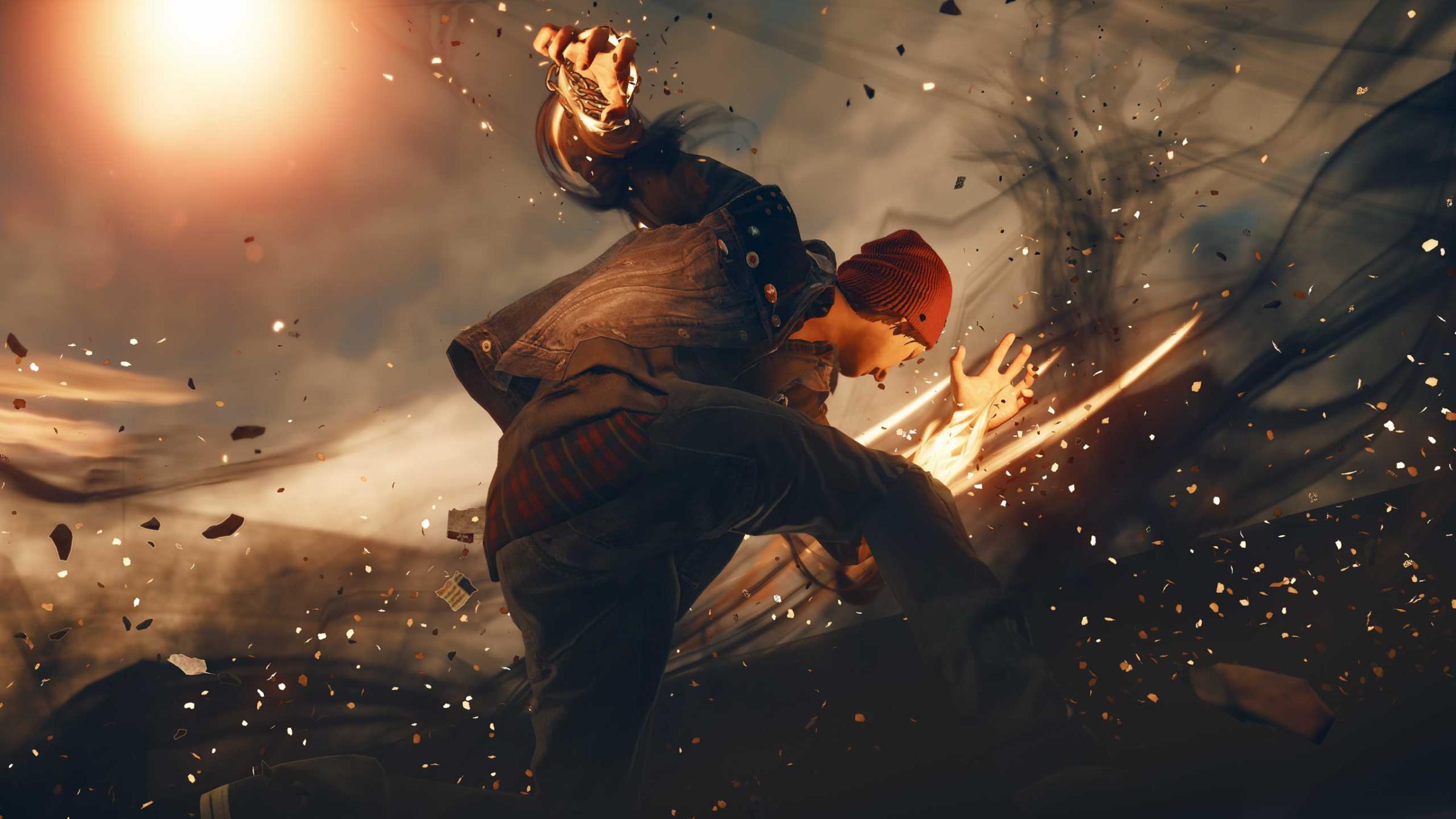
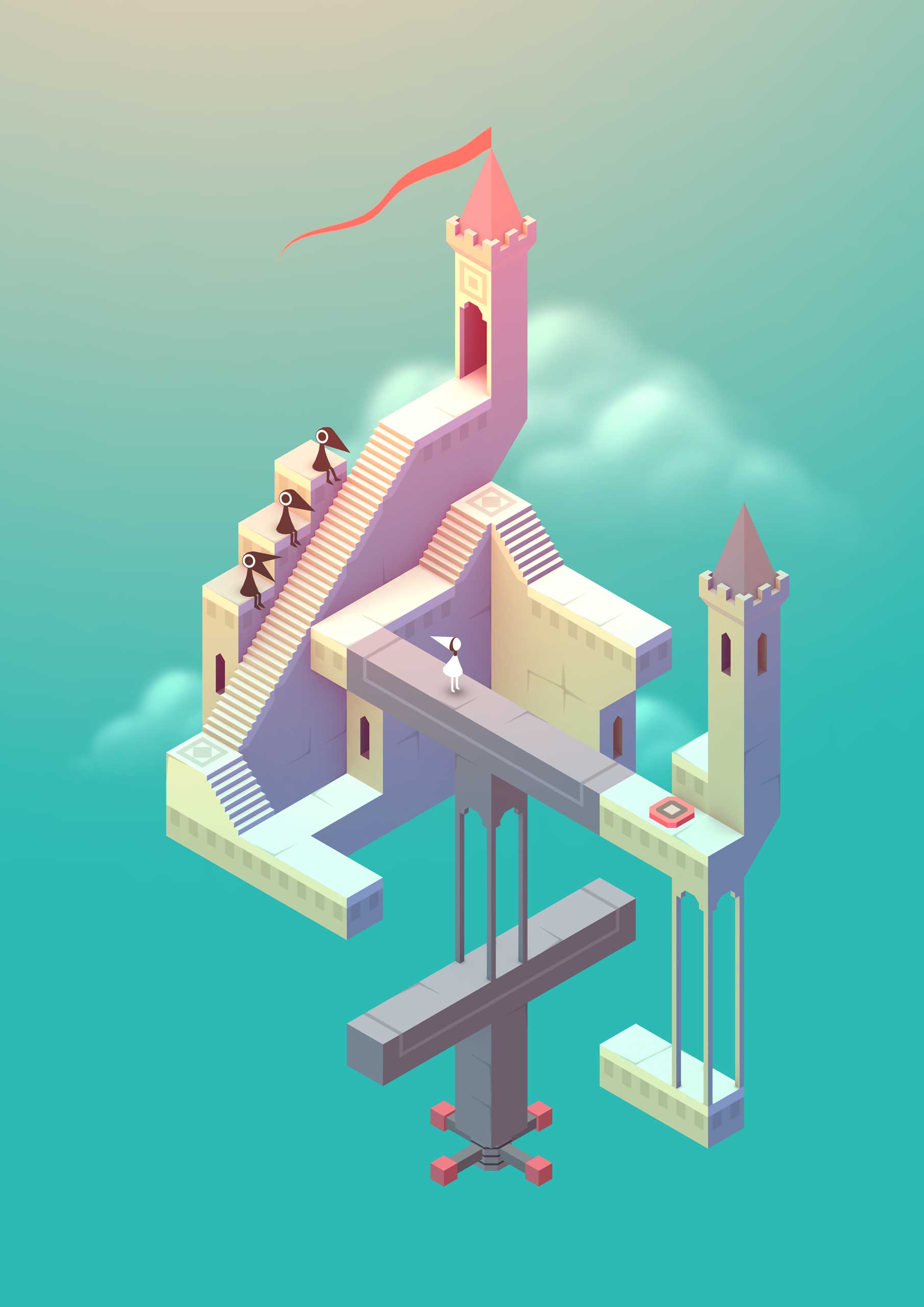
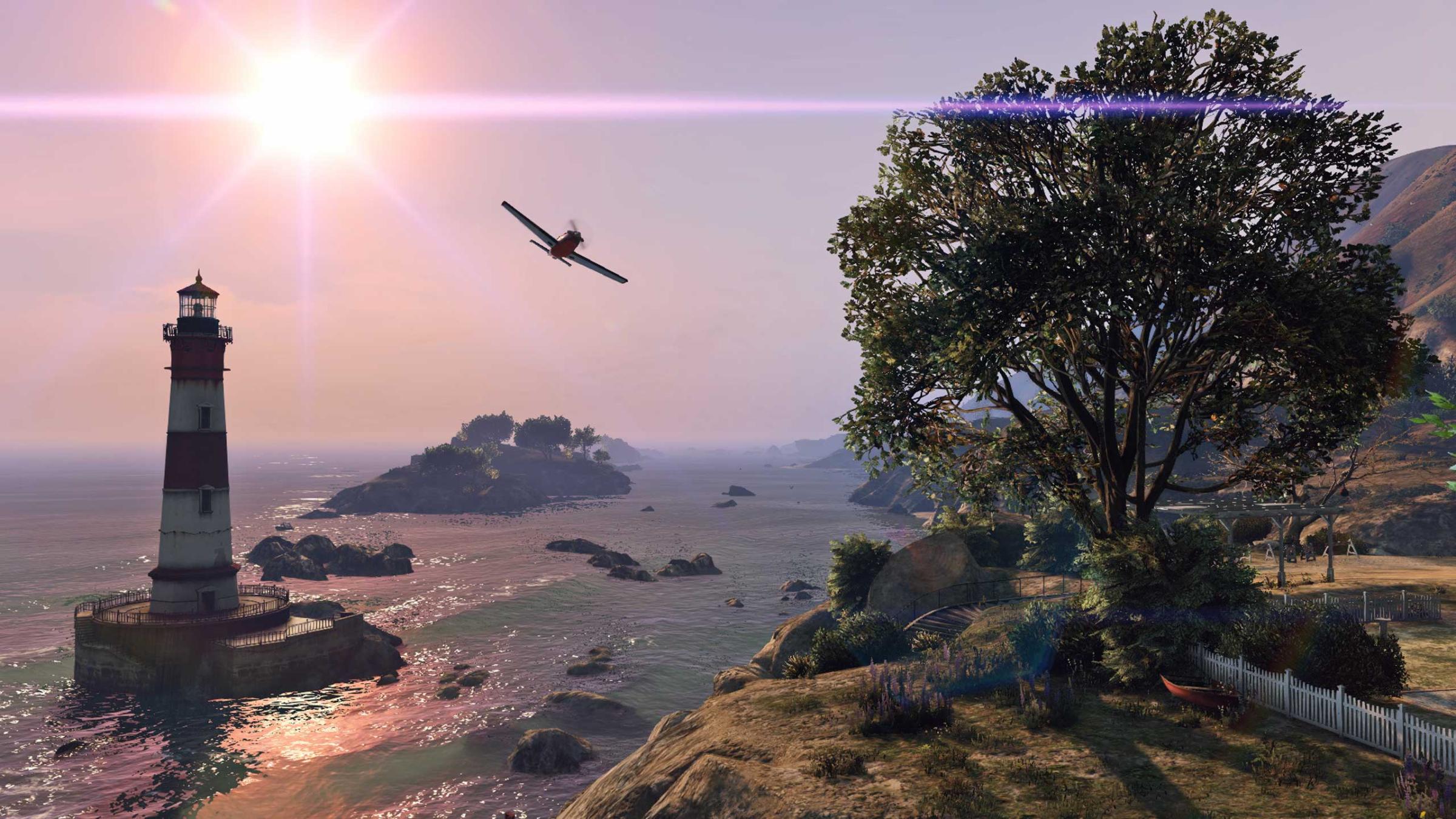
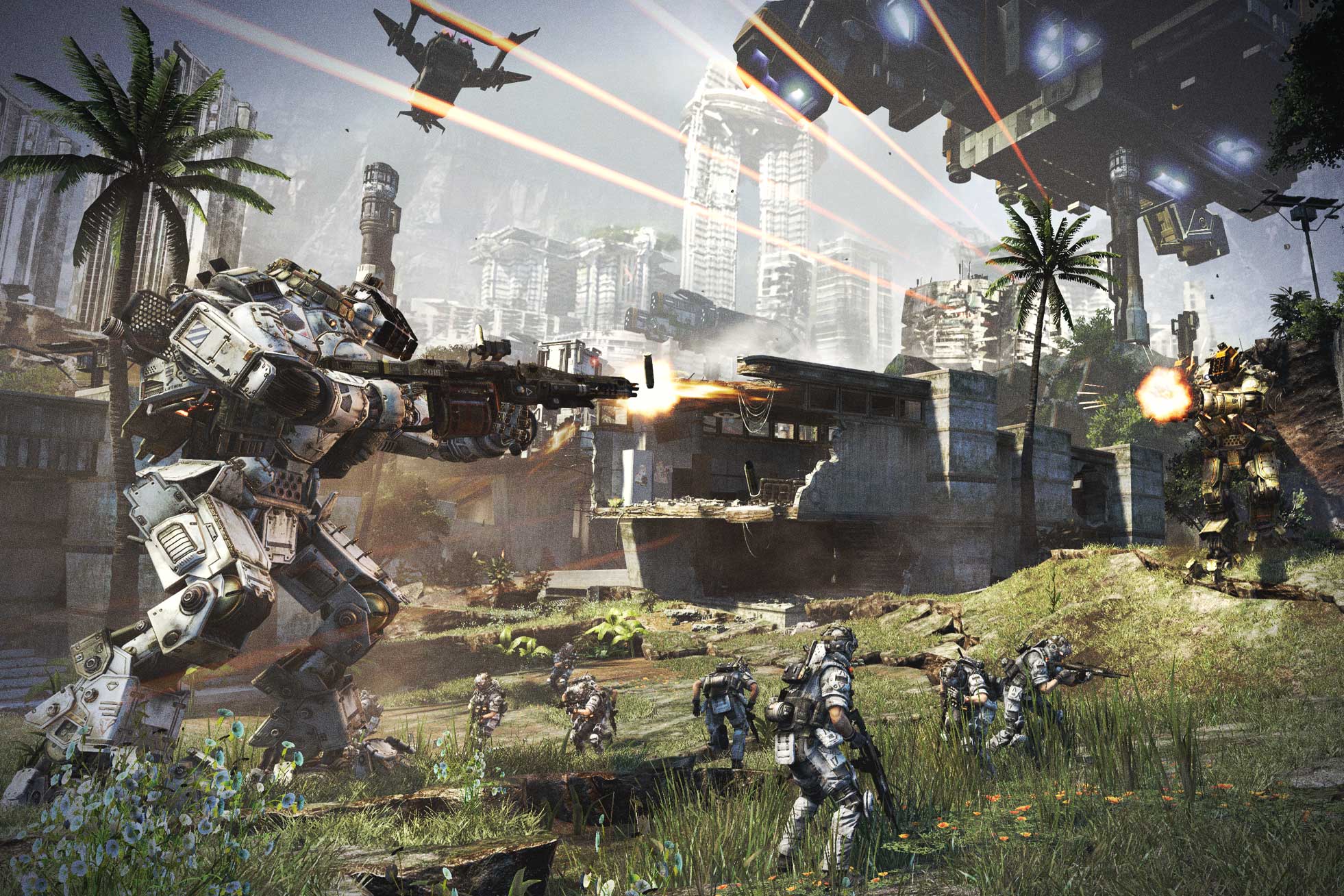

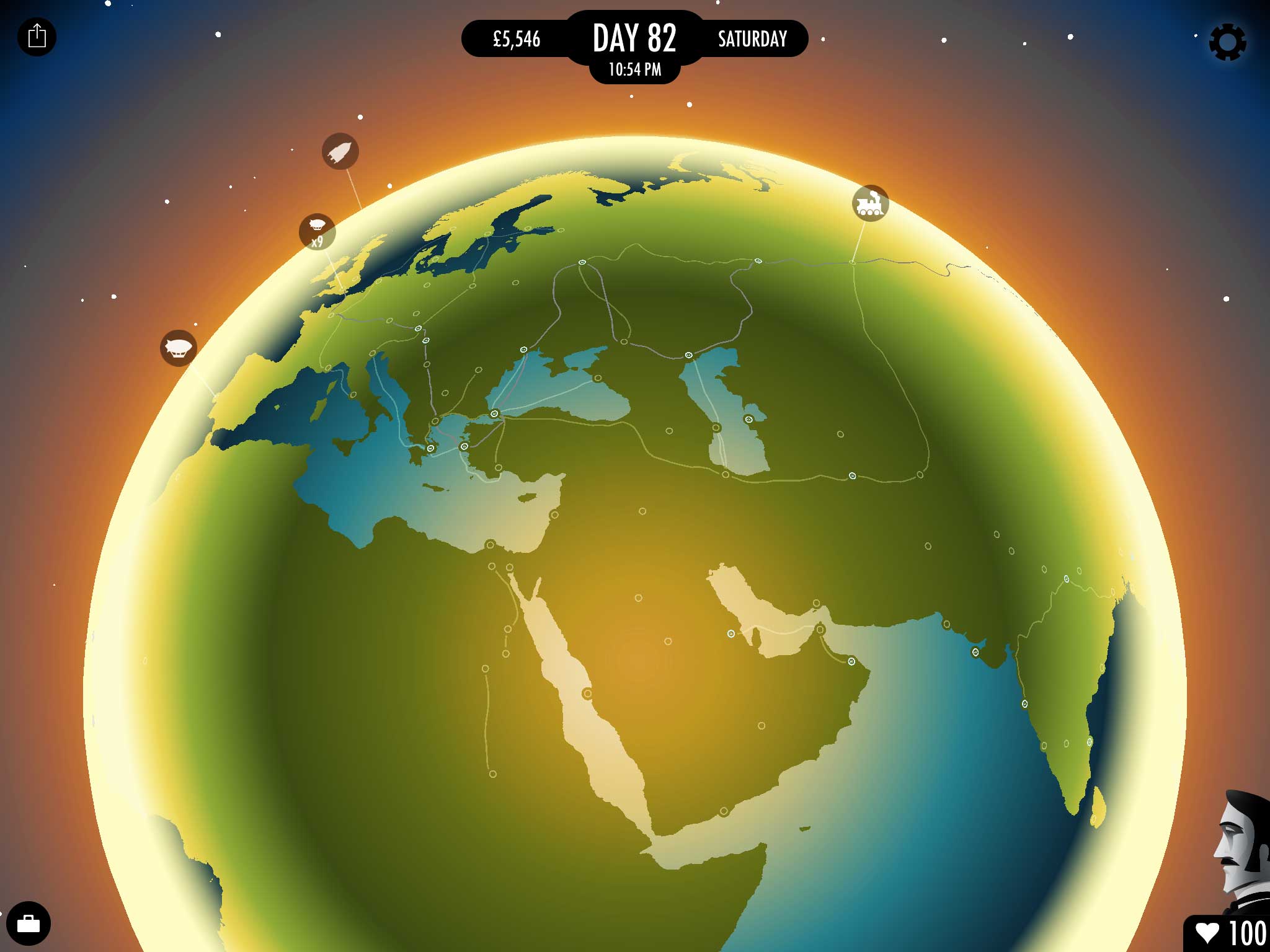
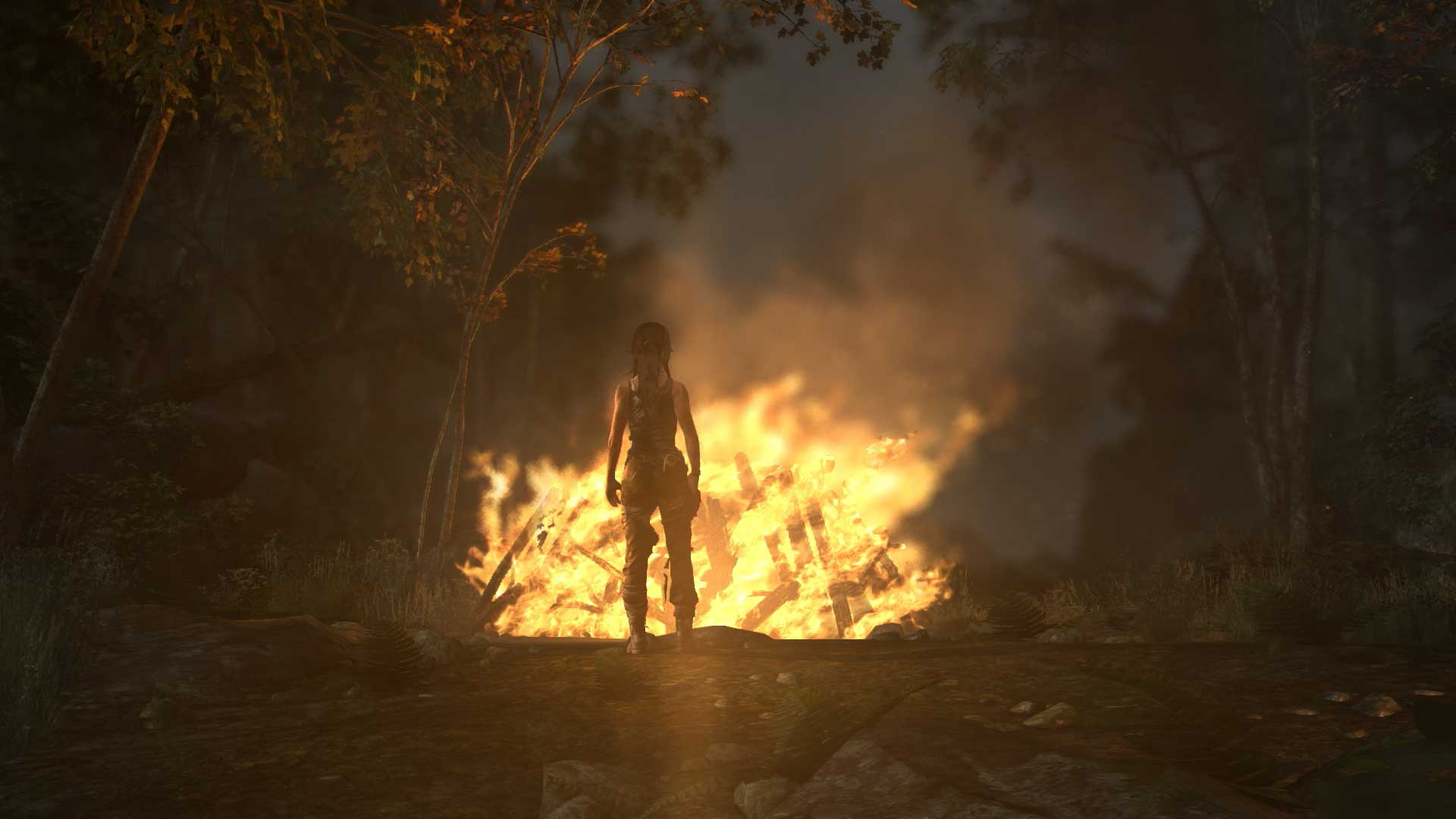
Apple News, in case you’re just hearing about it, brings Cupertino’s graceful form-and-function balancing act to story curation on the iPhone and iPad. Launch it, and it’ll ask that you select preferred media outlets before folding your choices into a stream with elegantly feng shui’d headlines and body text. Tap on “Explore,” and you can alternately browse by categories like “Food,” “Politics,” “Science” and so on. It’s all pretty standard fare.
But click “Entertainment,” and you’ll find channels for Vanity Fair, Billboard, Complex, Vulture…and Polygon. The latter is a games-slash-gaming-culture site. In the historical echelons of news curators like Google, Yahoo and now Apple, Polygon’s divorce from “Technology” (the sites stories still appear in the latter category on Google News) is kind of groundbreaking.
That said, the move feels tentative. There’s a “Browse Topics” section below “Browse Channels,” for instance, that includes categories like “Performing arts,” “Books and literature,” and “Pop music,” but nothing generalist for games, say an “Interactive entertainment” search. And Polygon, as far as I can tell, is all there is for game channels at this point. Where’s Kill Screen? Offworld? Quarter to Three?
Assuming Polygon’s filing under “Entertainment” was intentional, my hat’s off to Apple for boldly leading here. I just hope we’re seeing the tip of an iceberg, as opposed to an errant ice cube.
Apple’s iOS 9 is still in beta, of course, so everything could change. Call it a metaphor for where we’re at culturally, weighing gaming as a technology-driven or technology-transcendent medium, and still, clearly, in beta mode.
More Must-Reads from TIME
- Donald Trump Is TIME's 2024 Person of the Year
- Why We Chose Trump as Person of the Year
- Is Intermittent Fasting Good or Bad for You?
- The 100 Must-Read Books of 2024
- The 20 Best Christmas TV Episodes
- Column: If Optimism Feels Ridiculous Now, Try Hope
- The Future of Climate Action Is Trade Policy
- Merle Bombardieri Is Helping People Make the Baby Decision
Write to Matt Peckham at matt.peckham@time.com